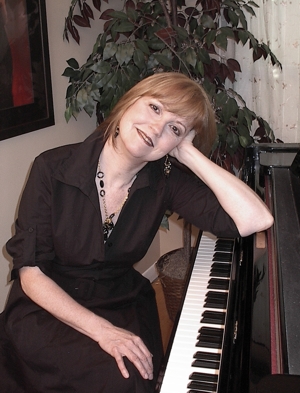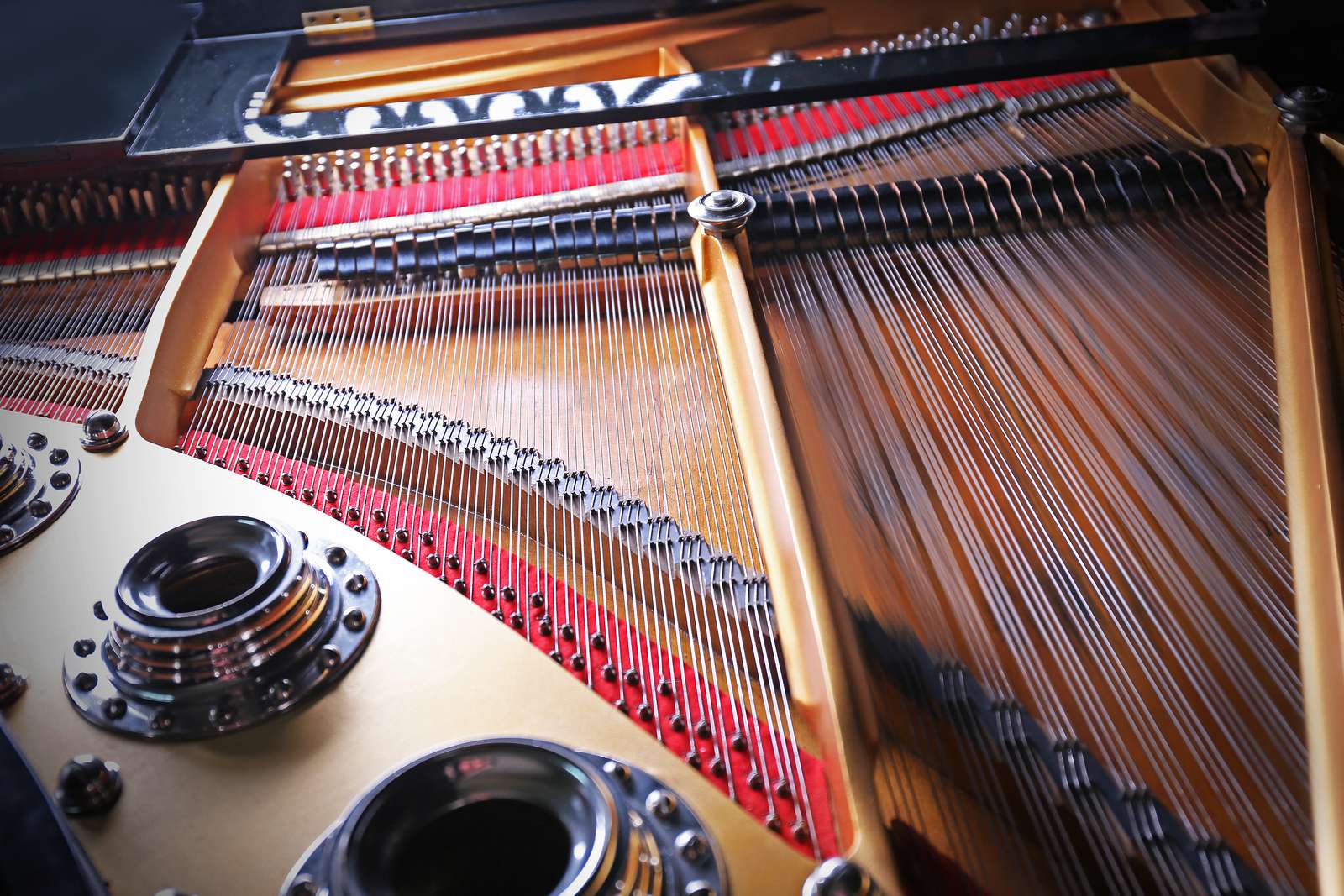 Through my early years I studied theory and harmony in the usual channels specific to the RCM requirements. In university I studied composition and the Baroque style of writing.
Through my early years I studied theory and harmony in the usual channels specific to the RCM requirements. In university I studied composition and the Baroque style of writing.
It wasn’t until much later that I started experimenting with my own style of composition. I learned about form and style of songwriting from The Songwriters Association of Canada and Nashville Songwriters Association International. My favourite music on the popular side is folk, being influenced by Gordon Lightfoot, Leonard Cohen and Carole King. On the classical, I lean towards the Impressionists, such as Debussy and Faure. There is a classical edge to my music, toned down by folk influences.
I don’t have difficulty writing my own lyrics, but they don’t come to me as naturally as the music does.
Composition is a wonderful catharsis (“purging of the effects of emotional stress; discharge of repressed emotions or ideas.” – Webster). Thoughts and feelings pour onto the page and out through the music in a very personal way which can be extremely fulfilling.
If you are interested in writing your own songs it is crucial to have an understanding of how it is put together on paper (see “Lessons”).
Lady of Shalott
Music, Lyrics, Composition and Performance by Debbie Fox
Copy Right March 2007.
All rights reserved.
(note some music texture is lost due to file downsampling)
Lady of Shalott… The Inspiration
This musical journey began when I became completely mesmerized by a print of a painting by John William Waterhouse titled “Lady of Shalott” (1888). I was so intrigued that I looked up the story behind this work of art. It was inspired by “the Lady of Shalott”, one of the most famous of Alfred Tennyson’s poems (published in 1883). It inspired many painters through the 19th century and well into the 20th.
To fully understand the mood of this story, the poem must be read in its entirety, but here is a brief summary:
Near Camelot is the small island of Shalott where a lady lives in the tower of a grey-stoned castle. This lady of Shalott lives in isolation because there is a curse on her if she looks down to Camelot. She weaves night and day and her songs can be heard winding down the river to Camelot. One day, Sir Lancelot rode in to Camelot on his horse to be married. His armour flashed in the lady’s mirror. She looked out her window to see Lancelot, and looked down on Camelot. Her mirror broke and she knew the curse was on her. The weather turned to wind and rain as she went down to the river and set herself afloat in a boat. The people of Camelot heard her song fade as she died and the boat came ashore. Sir Lancelot laid his eyes on her for the first and last time.
This condensed version of Tennyson’s poem of tragedy must not be the source for my song. This poem must be fully read to understand the story and emotion completely.
The rhythmic thump that can be heard as my song progresses is the gallop of the horse’s hoofs as Lancelot passes under her window. The sound of the chimes is the wind and rain blowing wind chimes/bells as the storm increases in strength. After reading the poem, these sounds might represent something totally different to you, or simply add to the mood of this lady’s tragic life.
Waterhouse’s “Lady of Shalott” is beautifully framed and is the focal point in my livingroom. The original is hanging in the Tate Gallery, London, England.
Debbie Scott, B.Mus., RMT
(416)-897-1406
Singer/pianist/songwriter/composer/teacher
